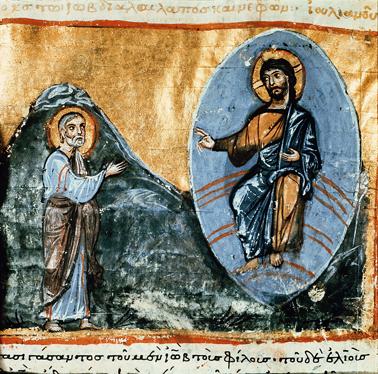Art and Culture
LA’s Getty Museum says it will return 12th century New Testament manuscript to Greece
LOS ANGELES – The J. Paul Getty Museum will return a 12th century New Testament manuscript to a monastery in Greece after museum officials said they only recently learned it was stolen decades before the museum acquired it in 1983.
Getty officials said Monday that although the Byzantine illuminated New Testament was acquired as part of a larger, well documented collection, recently uncovered records from 1960 indicate it was removed from the monastery illegally.
It will remain at the Getty Center until June 22 as part of an exhibition called “Heaven and Earth: Byzantine Illumination at the Cultural Crossroads” before returning to Greece, along with numerous other objects on loan for the show.
The announcement of its return was made a day ahead of Tuesday’s scheduled press preview of the exhibition that is to be attended by Greek Minister of Culture Panos Panagiotopoulos.
“We applaud the Getty for their responsiveness to this matter,” Panagiotopoulos said in a statement. “Their decision to return this precious Byzantine manuscript honours the spirit of our 2011 Framework for Cultural Cooperation.”
In recent years, the museum has returned several artifacts to Greece, Turkey and Italy that the nations complained were taken from their countries illegally.
Museum officials say they have never knowingly acquired any artifacts whose provenance was in dispute.
In the case of the New Testament, officials said its disappearance was never reported to authorities and thus was never listed on any database of stolen art.
“Over the past six weeks, the Getty Museum has worked co-operatively with the Hellenic Ministry of Culture and Sports to understand the recent history of this manuscript and to resolve the matter of its rightful ownership in a timely fashion,” Timothy Potts, director of the J. Paul Getty Museum, said in a statement. ”
Based on new information that came to light through this process, the museum decided that the right course of action was to return the manuscript to the Holy Monastery of Dionysiou from which it disappeared over 50 years ago.”
Panagiotopoulos said the manuscript was copied in 1133 by the scribe Theoktistos and is considered a masterpiece of Middle Byzantine art.






















